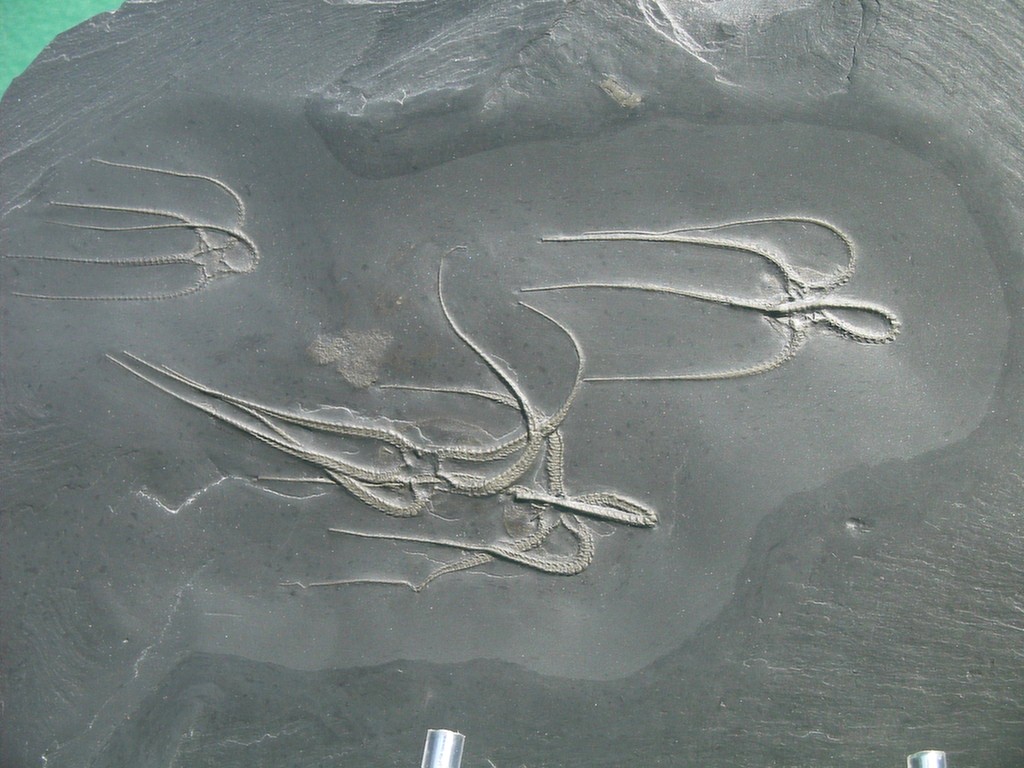Excavation Site
Hunsrück slate fossils originate from the Lower Devonian – Lower Emslan -, are approx. 400-380 million years old and are famous and valued all over the world.
They are not missing in any important paleontological museum.
The preparation requires special experience and is quite time-consuming.
The best results are achieved using scrapers, scalpels and fine sandblast units. The traditional preparation method with steel and brass brushes is not optimal. It usually destroys the fine structures.
In the Hunsrück slate, the stratification of the sediment and the cleavage of the rock very rarely run approximately parallel, but are at a certain angle to each other.
As a result, the vast majority of the fossils found are broken up when the shale is split.
Bonding is therefore not the exception with this material, but almost the rule.
The fossils are either completely pyritized (mineralized) or silicified and covered with a pyrite skin. The color differences of the finished exhibits (blackish to old brass-colored) are natural.
